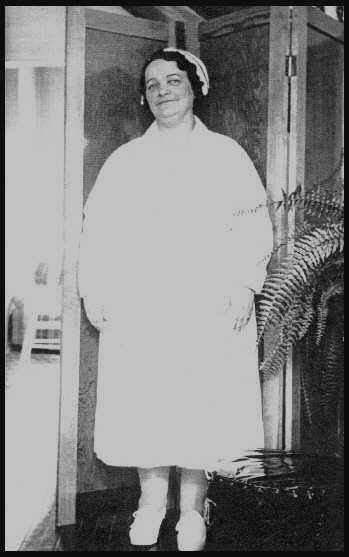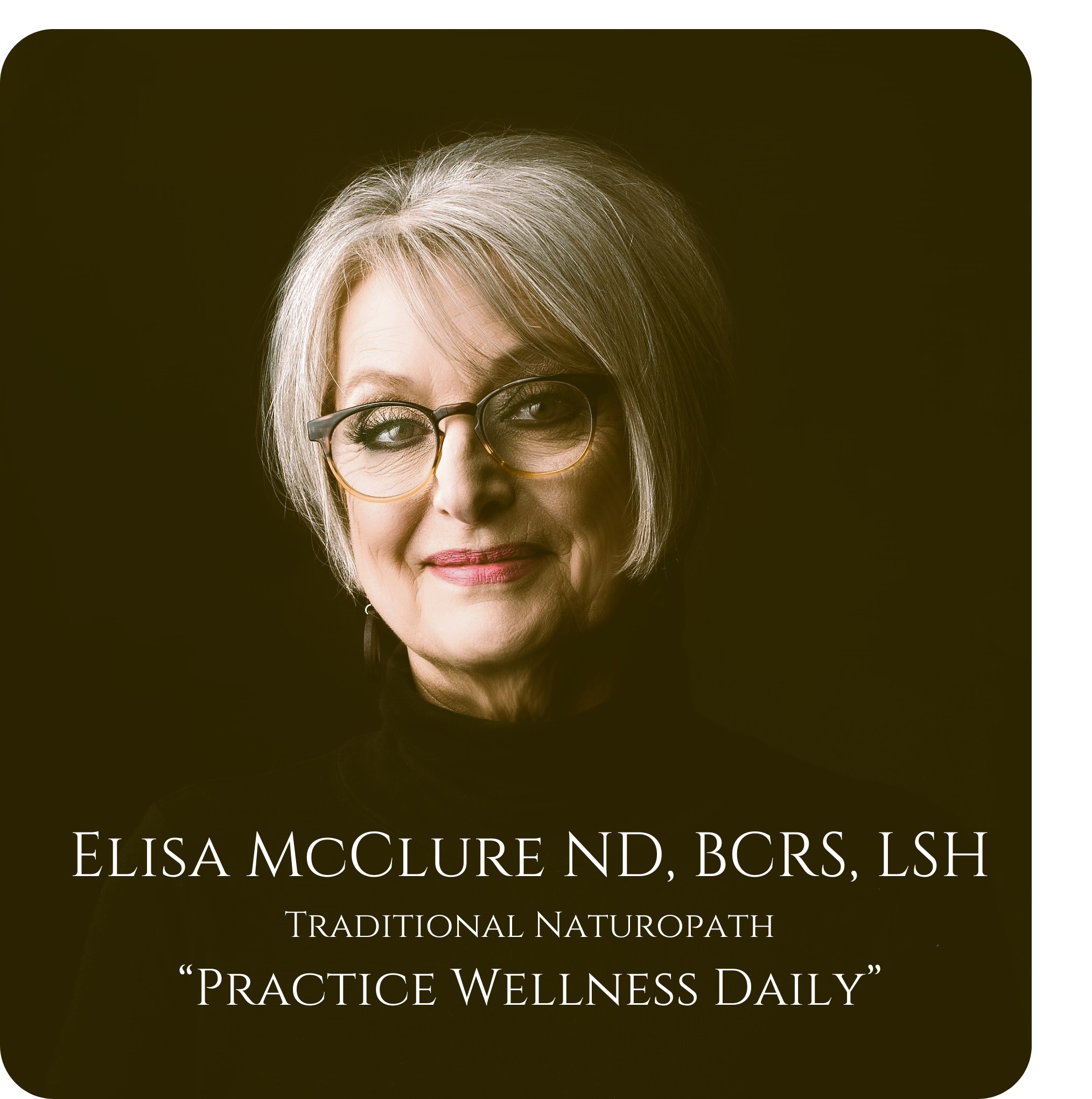
It can be both depending on your exposure. Like everything else, moderation is key.
Personally, my experience has been that a day in the sun results in an overall good feeling and nice rest at night. I also love that warm taught feeling on my body that a tan produces. The color is nice too. I can’t think of anyone that actually looks worse with a tan. We all love that healthy glow.
Sun exposure triggers an increase in serotonin. The “feel-good” hormone, which also controls sleep patterns & body temperature. Serotonin lifts the mood and wards off depression. Here’s how it works; light enters the eyes to the brains' hypothalamus which controls temperature, hunger, thirst, water balance & blood pressure.
Personally, my experience has been that a day in the sun results in an overall good feeling and nice rest at night. I also love that warm taught feeling on my body that a tan produces. The color is nice too. I can’t think of anyone that actually looks worse with a tan. We all love that healthy glow.
Sun exposure triggers an increase in serotonin. The “feel-good” hormone, which also controls sleep patterns & body temperature. Serotonin lifts the mood and wards off depression. Here’s how it works; light enters the eyes to the brains' hypothalamus which controls temperature, hunger, thirst, water balance & blood pressure.
The hypothalamus links to the nervous system then to the endocrine system that controls the pituitary gland, which secretes essential hormones. Sunshine plays a vital role in this process. So does Prozac but the side effects aren’t nearly as bad. Sunshine is our most effective regulator of our “body clock” also known as our Circadian Rhythm.
Sunshine also triggers our body to produce Vitamin D, essential for healthy bones, teeth, and the immune system. We can get only about ¼ of the Vitamin D we need from our food and the rest must come from sunshine. The good news for some will be that only about 20 minutes per day of sun exposure will suffice in this process.
Vitamin D also increases oxygen level in blood and helps the immune system by increasing white blood cells. Research shows that Vitamin D protects against some cancers, osteoporosis, rickets and diabetes. In addition to all of this, it is understood to break down cholesterol.
W ith all of this good news regarding our wonderful, life-giving sun, there is a downside. The negative effects of the sun are only experienced by most of us if we overexpose ourselves. The biggest fear is skin cancer of course.
ith all of this good news regarding our wonderful, life-giving sun, there is a downside. The negative effects of the sun are only experienced by most of us if we overexpose ourselves. The biggest fear is skin cancer of course.
W
 ith all of this good news regarding our wonderful, life-giving sun, there is a downside. The negative effects of the sun are only experienced by most of us if we overexpose ourselves. The biggest fear is skin cancer of course.
ith all of this good news regarding our wonderful, life-giving sun, there is a downside. The negative effects of the sun are only experienced by most of us if we overexpose ourselves. The biggest fear is skin cancer of course.More than 1 million cases of skin cancer are attributed to the sun each year. That’s about 55% of all cancers and they are rarely fatal. Research shows that the occurrence of the more common cancers; breast, prostate and colon are less in those living near the equator. Melanoma is the most commonly feared.
Research has found that sun exposure has little to do with causing this cancer. Melanoma is believed to be caused by a high-fat diet and moderate sun exposure can help prevent or even slow its growth. There is also the concern of skin damage causing premature aging. Here again, moderation is key.
Research shows that a diet low in fat and plant-based helps in preventing and reversing skin damage due to overexposure. It’s known that a low fat, plant-based diet provides some of the same biochemical benefits as the sun without the risk.

For centuries the medical community has used sunshine as treatment called Heliotherapy. Research shows Heliotherapy is effective against rickets, osteoporosis, osteomalacia, acne, eczema, psoriasis, neo-natal jaundice and depression (S.A.D.). SAD or Seasonal Affective Disorder is more common in Northern climates where sunshine is at a minimum in the winter months.
The symptoms include fatigue, low motivation, sleepiness, increased appetite, weight gain and decreased social ability. Where there is little sunshine to take advantage of SAD is treated with a light box that can increase serotonin levels helping to relieve the depression.
It is advised to be wise with your time in the sun. Determine your length of exposure based on your pigment. For fair-skinned people just a little time in the sun will give you all the health benefits I’ve mentioned. For those with dark skin, it may take 10 to 50 times more exposure to produce the same benefits.
It is advised to be wise with your time in the sun. Determine your length of exposure based on your pigment. For fair-skinned people just a little time in the sun will give you all the health benefits I’ve mentioned. For those with dark skin, it may take 10 to 50 times more exposure to produce the same benefits.
The recommended time in the sun is about ½ the time it takes to burn your skin. If you burn in one hour, get in the shade after 30 minutes. If you work in the sun or find yourself having to spend more time than needed in the sunshine, wear a wide-brimmed hat, sunglasses or visor, protective clothing and sunscreen.
Sunscreen with an SPF of 15 or greater reduces the production of Vit. D by 95%. So until they come out with a sunscreen that is more sun-lover friendly, this will have to do.
With the appropriate exposure, we can achieve a more energetic, more active, more balanced and strengthened body and mind. I think the “healthy glow” of a tan comes from not only the warm color of the skin but also from the cumulative benefits of our sun.
With the appropriate exposure, we can achieve a more energetic, more active, more balanced and strengthened body and mind. I think the “healthy glow” of a tan comes from not only the warm color of the skin but also from the cumulative benefits of our sun.
The sun helps support us in so many ways. Using this naturally free product can make us healthier and happier. In my opinion, that’s a pretty good deal.
Ref:
www.drmcdougall.com
www.news-medical.net
www.naturalhealthbenefits.com
Karen Yocum
krnyocum@yahoo.com
1/2009
Ref:
www.drmcdougall.com
www.news-medical.net
www.naturalhealthbenefits.com
Karen Yocum
krnyocum@yahoo.com
1/2009
SUBSCRIBE HERE
"Practice Wellness Daily," Dr.E








0 Comments